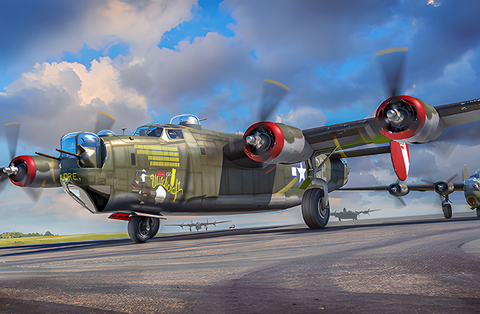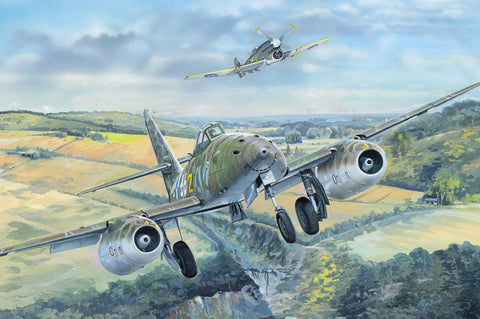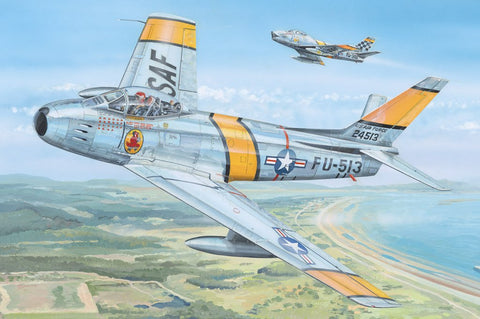In the late 1960s, the U.S. Air Force sought a replacement for the ageing EB-66 and EB-57 electronic warfare aircraft. The Air Force studied the use of Navy EA-6B Prowlers during 1967-68, though they desired a penetrating electronic jamming aircraft with supersonic speed. In 1972, the Air Force decided to modify the F-111As into electronic warfare aircraft as a cost-effective option.
In January 1974, the Air Force awarded electronic warfare study contracts to Grumman and General Dynamics. Grumman was selected as the EF-111 prime contractor in December 1974, then was awarded a contract to modify two F-111As into EF-111 prototypes in January 1975. The first fully equipped model, known then as the “Electric Fox”, flew on 10 March 1977, and deliveries to combat units began in 1981. A total of 42 airframes were converted at a total cost of US$1.5 billion, the last delivered in 1985.
The Raven retained the F-111A’s navigation systems, with a revised AN/APQ-160 radar primarily for ground mapping. The primary feature of the Raven, however, was the Raytheon AN/ALQ-99E jamming system, developed from the Navy’s ALQ-99 on the Prowler. Its primary electronics were installed in the weapons bay, with transmitters fitted in a 16 feet (4.9 m) long ventral “canoe” radome; the complete installation weighed some 6,000 pounds (2,700 kg).
Receivers were installed in a fin-tip pod, or “football”, similar to that of the EA-6B. The aircraft’s electrical and cooling systems had to be extensively upgraded to support this equipment. The cockpit was also rearranged, with all flight and navigation displays relocated to the pilot’s side, and flight controls except throttles being removed from the other seat, where the electronic warfare officer’s instrumentation and controls were installed.
The EF-111 is unarmed. The aircraft’s speed and acceleration were its main means of self-defense. The EF-111 was not capable of firing anti-radiation missiles in the lethal SEAD role, which was a tactical limitation. The EF-111A’s engines were upgraded to the more powerful TF30-P-9 of the D-model, with 12,000 pounds-force (53 kN) dry and 19,600 lbf (87 kN) after burning thrust in 1986.
- Fine recessed panel lines and rivets
- Well detailed side-by-side cockpit, radar package, multi-part optional position canopy, detailed undercarriage with vinyl tires, separate leading trailing edge flaps and spoilers, detailed wheel wells, (2) full engines, avionics bays with black boxes and separate access panels plus external stores: drop tanks (x2), guide pod, AN/ALQ-119 jamming pod, AN/ALQ-131 ECM pod and AN/ALQ-87 jamming pod
- Decals and color painting guide for 2 USAF aircraft: s/n 67-0037 and s/n 66-0013.







